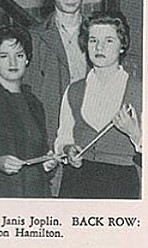The Slide Rule—A Pathway to Powers
by George Anderson, ESEP
Revisiting the human and software interface with mathematics
Some believe that new knowledge is the result of combining old knowledge in new ways. This idea has motivated me to share my recent thoughts on the slide rule era and what lessons it may have for us with current SE life cycle development problems. I believe one of these problems is our increasing isolation from the physical world, its complex mathematical models and our fading capability to verify our designs at an early stage of development.
Figure 1. "Show me all the blueprints. Show me all the blueprints. Show me all the blueprints...." Howard Hughes in the film, The Aviator, 2004
For instance, I wonder when I see a growing selection of book titles offering new processes for finding software bugs without considering the programmer's ability to enter the mathematics of the problem in an executable or correct form. (An older phrase, cookbook engineering comes to mind) Further, the intense current interest in AGILE development appears to ignore individual competence that most assuredly must include proficiency with fundamental and sometimes very complex mathematical equations. If my suspicions are correct, we may be wasting large sums of money annually on chasing mathematical or logic errors that could have been easily found if we had just "checked the blueprints". Does anybody remember when folks were hired solely to do that job? Today, they are operating CAD/CAM programs and creating yet another potential verification vacuum.
The era of the slide rule is past thanks to Bill Hewlett of HP (Figure 2) In spite of this there are some robust survivors that I will mention later. First, I will describe enough of the slide rule's history, attributes and legend to assert that in 1972, engineers began to lose something that we will always need. That is a working understanding of math fundamentals.
Figure 2, HP co-founder, Bill Hewlett, holding a slide rule on the 20th anniversary of the HP-35. The HP-35 made the slide rule obsolete.
A calculator or a computer program is a wonderful tool to reach tentative results but who verifies the output? It could be someone who might be weak in applying basic math concepts. I think that this could include almost all of us and sadly there aren't enough high school math teachers or "subject matter experts" available to clean up our collective mistakes! With this in mind, let's visit the era of the slide rule and see just what was different.
Could we imagine a difference in math skills for engineers prior to and post 1974? America's response to the launching of the first Sputnik in October of 1957 was a mathematical Pearl Harbor that resulted in a national commitment to improve all math education. The term rocket scientist was soon born and many believed that they were the visible result of this change in national priorities. This enlightened era lasted until the 1980's when the introduction of calculators made basic math concepts a bothersome artifact of a faltering undergraduate curriculum. This was the golden age of the slide rule. So what was the slide rule's contribution to math proficiency?
The short answer is that unlike its newer digital counterparts, it linked the operator's thought process more closely to the problem and the creative engineering process. While there is no reason to rush out and buy a slide rule in 2016, there is also no reason that our still essential knowledge of math would not enable us to make quick work of understanding and appreciating how it works.
To me, as a Sputnik era user, the slide rule functions in two modes. The primary mode is using logarithmic spaced scales to multiply, divide and obtain powers of numbers. The other mode provides various lookup tables for functions with bounded values. This is of course just a convenience and in no way unique to a slide rule. Over the years I have noticed that many newcomers to the slide rule become fearful of its complex array of scales. Figure 3, shows the later version of a complex rule but most calculations are done on just two scales. In fact earlier slide rules (the Darmstadt design) typically had only 4 scales.
Figure 3. Slide Rule set to read: 2 X 2 =4(Post Versalog Model 1481, circa 1962
The secret of the slide rule is taking logarithms of the numbers 0 to 10 and spacing them out on at least two scales that slide with relation to one another. The actual numbers are written on the scale so that when one scale length segment is added or subtracted from the other, we are multiplying and dividing the two numbers we have selected. This mechanical adding of logarithm values dates back to at least 1617. The dead giveaway that the scales are logarithmic is the converging spaces between numbers as they increase in value. The fundamental enabler of all slide rules is the algebraic expression:
Log (xy)=Log(x) +Log (y)
(where x and y are numbers to be multiplied)
Raising numbers to powers was an added feature that was essential to most scientific fields and employed other logarithmic relationships. This was accomplished with two moving parts: the cursor, and the slide. The only common alternative to a slide rule prior to the advent of mainframe computers in the 1960's was to use published tables of logarithms.
I will move on from this brief summary of slide rule mathematics but here are some references for those who wish to learn more.
Figure 4. Sir Frank Whittle, inventor of the jet engine
Why does the slide rule invoke more careful attention to the problems being solved? I believe there are two tangible reasons and one speculative. The first is the inspection and verification of the problem is more likely given the physically deliberate nature of the input as opposed to the key press with its recognized errors on a calculator. Second, the mental process of setting the decimal point in the answer involves a second error check. The final reason is speculative and based partly on my own observations. The tactile and mental interaction with a slide rule is quite different from programming or operating a calculator. There seems to be a human need to manually participate in an intellectual process. This need may not be as well satisfied by punching keys on a calculator. For further explanation of this view see Dr. Matthew Crawford's book, Shop Class as Soulcraft.
How long has the slide rule been around? [check out Slide Rule History]
The beginning was in 1617 with the inventor of logarithms, John Napier. Three years later William Oughtred, produced the first slide rule and interestingly devised a circular slide rule as well. The first mass demand for slide rules came in 1790 when Boulton and Watt employed them in the design and manufacture of steam engines at the beginning of the Industrial Revolution.
Further improvements of the slide rule were completed well before the end of the mid 1850's and very little fundamental changes have been made since then.
The early patent records tell much of the story that is available concerning use:
Years Slide rule types (designs) recorded
1625-1800 40
1800-1899 250
1900-1910 90
World slide rule production in the 20th Century is estimated by researchers to be 40 million
We can conclude two things from this history: Slide rules have been around a long time and were an essential tool for computing, at least in the sciences.
Today the slide rule is alive and well in the cockpits of aircraft. Pilots are still trained to use circular slide rules and many use them in spite of the many other computers and calculators at their disposal. I have addressed this phenomenon in an earlier article, and based on my 20 years of flying experience, I feel that it has a long career left.
I want to conclude by providing a gallery of pictures of past engineers and scientists who are either posing or actually computing with slide rules. They seem as a group to be pleased with their lot and not burdened with its operation. So many poses with slide rules suggest that they felt it was part of their identity— Like the ancient Egyptian scribes we see captured in stone holding a writing tool. In contrast, I have found no pictures of important people posing with an electronic calculator.
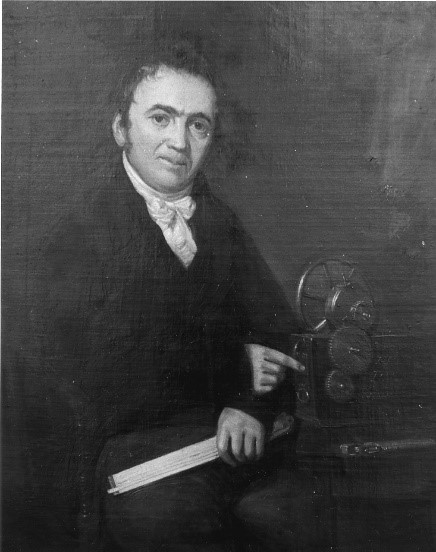
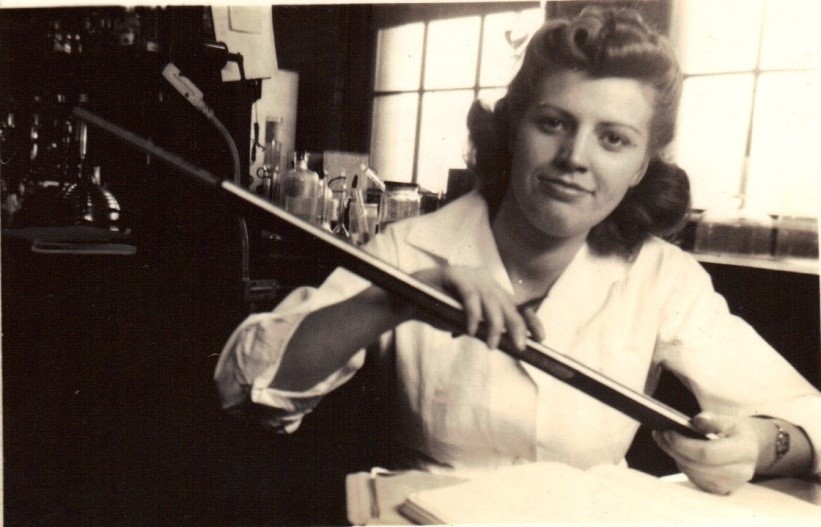
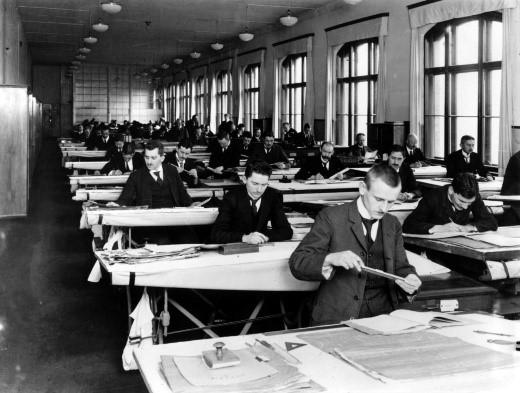


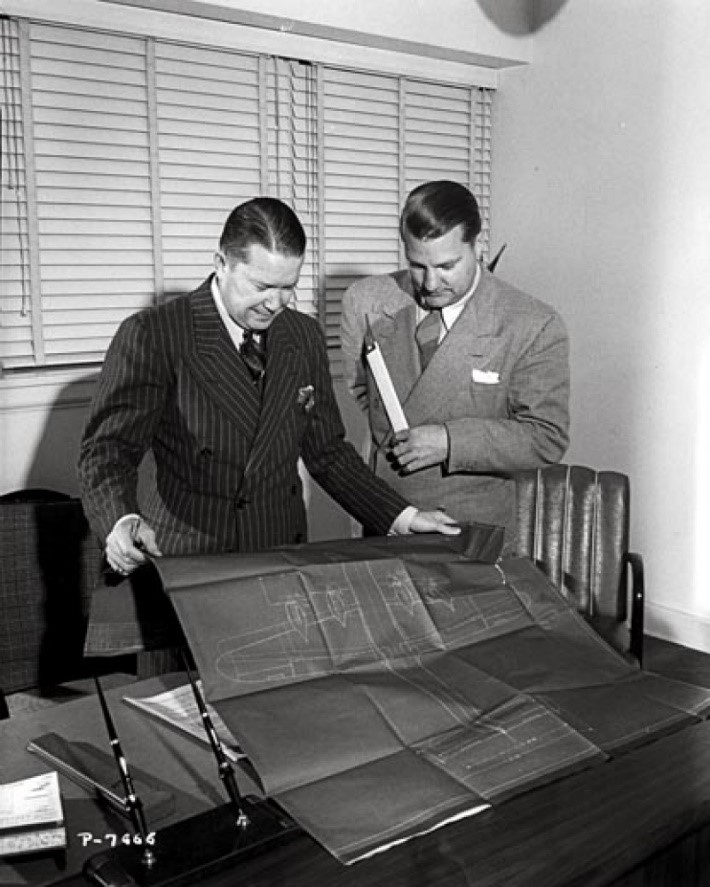

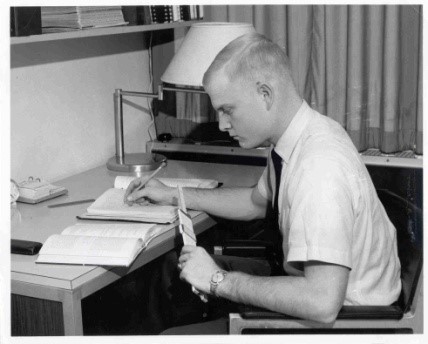

I hope many of you found something of value in this article; I certainly enjoyed creating it.





